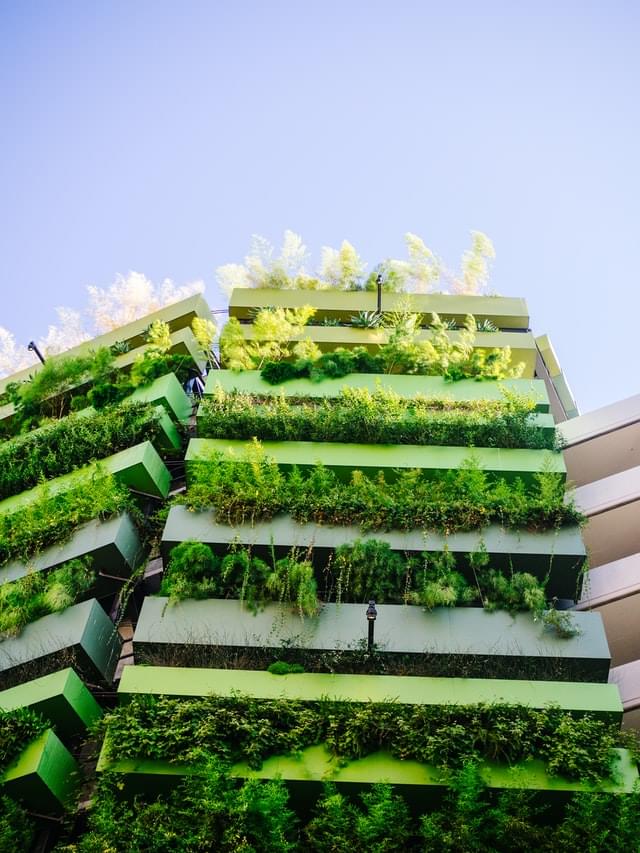Three winning strategies to boost workplace sustainability

Sustainability matters to almost everyone, and for many companies being kind to the planet is a priority, whether for moral or business reasons. While far from every company is on a crusade to single-handedly save the planet, plenty of businesses are interested in doing their part, complying with government regulations, gaining sustainability incentives when available, and fulfilling the green goals of investors and employees.
While “sustainable enough” varies from company to company and business to business, there are plenty of things that occupiers can be doing to make their suites, offices, and operations more sustainable. While many sustainability strategies are specific, others are applicable to any situation in which a company is working in an office.

"Landlords, listen up: these are some of the approaches and adaptations your tenants may ask you to help provide."
With that in mind, let’s talk about three of the ways in which occupiers can do the most to increase their in-office sustainability. The world is in need of more creative solutions, and we promise that “recycle more” won’t be on this list! Landlords, listen up: these are some of the approaches and adaptations your tenants may ask you to help provide.
Visualize and respond
The first thing occupiers should do is find a way to visualize their sustainability impacts. Spaceflow’s FLOW tool provides a dashboard that offers simple, straightforward views into energy consumption, water consumption, and carbon emissions. For many companies this might be enough visualization tools, and for others looking for even more data, Spaceflow’s existing and custom integrations can expand the functionality even further.'
With that information in hand, real estate decision makers and sustainability leaders at occupier firms will have the ability to make more informed decisions that can reduce energy consumption over time. For instance, cross referencing energy consumption data with occupancy statistics, also measurable within FLOW, could allow offices to change their HVAC setpoints or turn lights off during certain less busy hours of the day.

Encourage reuse…of everything
With data visualization as a starting point, there are other things occupiers can do to push the envelope on sustainability. One idea comes from Nike, which introduced reusable packaging into their headquarters food service operation. Instead of requiring diners to grab a disposable plate or bowl in the cafeteria, reusable dishware puts a big dent in overall waste generation.
Similar approaches can be used in other areas, too. Using Spaceflow’s Newsfeed and Messaging features, why not set up a building-wide swap meet? Or, if you’d like to do something that requires a little less planning, encourage occupiers to share their secondhand goods as well as their product needs. Perhaps someone needs a new desk organizer, and another tenant within the building is replacing their office furniture. Getting tenant firms on board could allow some old but not obsolete goods to be sold to other occupiers instead of heading to the landfill. Or consider expanding outside of the scope of the office, and letting your occupier employees connect at a more personal scale. Maybe someone needs a new entertainment center for their living room, and another employee of a different company was about to get rid of theirs anyway? This might not cut down on the office’s waste generation per se but it is certainly a great way of cutting down on bigger-picture waste, and keeping sustainability front of mind for individual people. Plus, it helps build a sense of community for everyone in the building.
Reduce employee travel
Finally, occupier firms should do whatever they can to cut down on employee travel needs. This benefits not only sustainability, by reducing carbon emissions, but also represents a great perk for employees who would rather be spending more time at home or out having fun than commuting to work.
There are a few ways to do this. Within Spaceflow, you can use Messaging to help people set up carpools where vehicles are shared and drivers take turns behind the wheel. But beyond that, why not lean into the hybrid side of hybrid and encourage workers to only come into the office when they need to collaborate or want the social aspect of the office? With tools like Resource Booking, it’s easy to let people come into the office when it is easiest for them.

Another way is to incentivize employees riding their bicycles to work. This option is only relevant for offices that are connected to cycling infrastructure or bike-friendly streets but if that is the case, it is a great way to boost sustainability while improving employee wellness as well. Occupiers should consider using some of their underutilized space as bike storage and repair space. If the landlord provides shower facilities that is a big perk right there, but if not, occupiers should consider building out their own.
These are just three ways occupiers can boost sustainability in their workplaces. There are plenty of other ways out there, too! Check out our article on the connection between data and ESG, and let us know if you’d like to see another article like this one.




